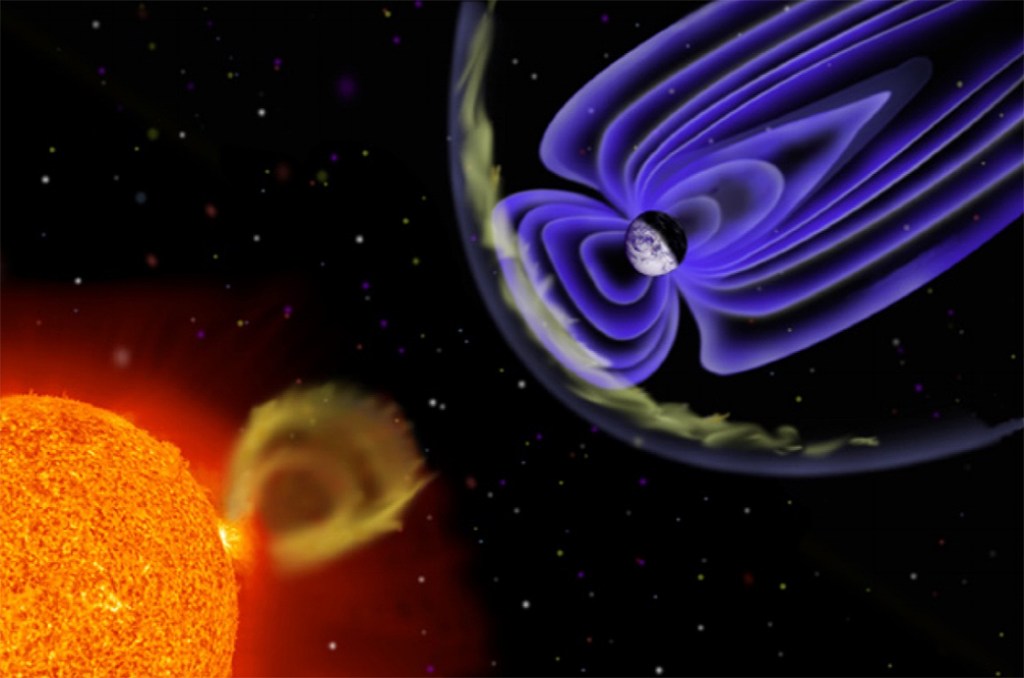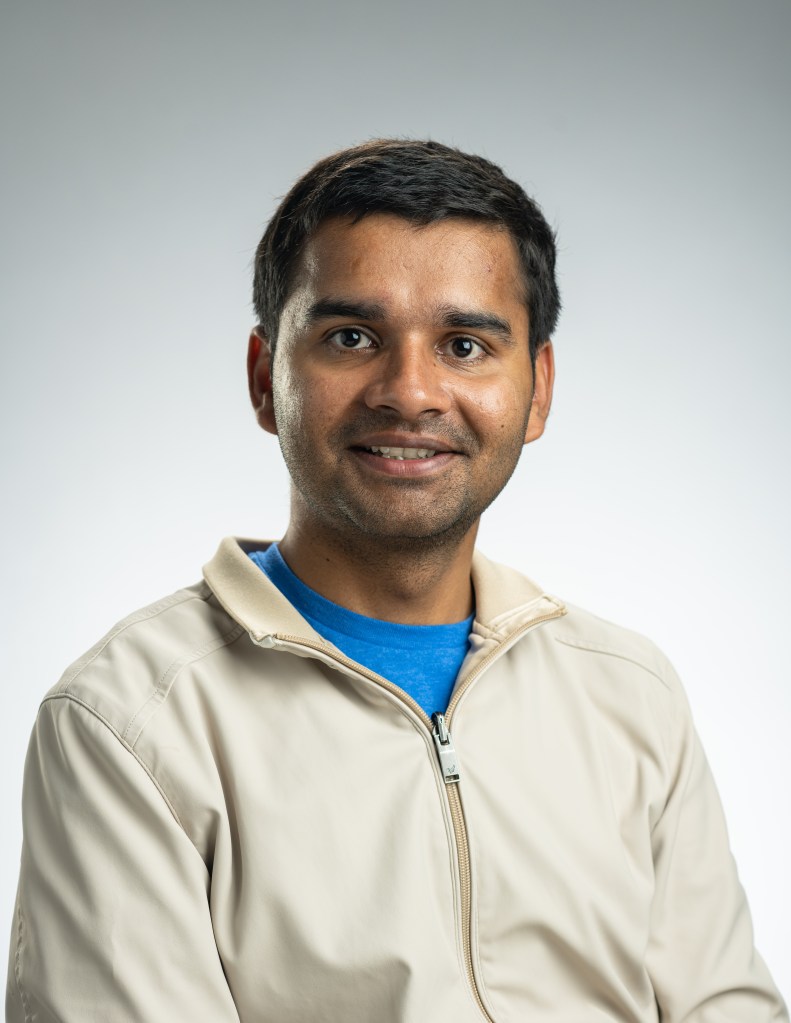
Audience
Educators, Students
Grade Levels
Grades 5-8
Subject
Human Space Exploration, Life Science, Space Science, Living and Working in Space, Space Radiation, Missions to Planets and Moons
Type
Hands-on Activities, Lesson Plans / Activities
Introduction
As NASA sets its sights on returning to the Moon and preparing to travel to Mars, it is laying the foundation for human exploration deeper into the solar system by creating a Moon-orbiting outpost called Gateway.
Construction has already begun on Gateway. U.S. companies and international partners will design, build, and launch all the independent elements that join in lunar orbit to create the outpost. These elements include living spaces, electrical components, advanced robotics, docking ports, and science equipment.
For over two decades, the International Space Station has housed astronauts in low Earth orbit for a range of mission lengths, from a couple weeks to several months. The spacecraft orbits just outside the atmosphere but still within the protective boundary of Earth’s magnetosphere. In contrast, while orbiting the Moon, Gateway will be exposed to high-energy charged particles of galactic cosmic rays, solar particle events, and secondary protons and neutrons. Scientists and engineers are developing new methods and technologies to shield astronauts and sensitive equipment from increased levels of radiation and long-term exposure while aboard Gateway.
NASA is already working on how to make the spacecraft safer by using different materials to provide protection. In this activity, students will use UV-sensitive beads to test a variety of materials to determine if they are suitable for shielding against ultraviolet (UV) radiation.
![]() Grade Range: 6-8
Grade Range: 6-8
![]() Time Needed: 45-60 Minutes
Time Needed: 45-60 Minutes
![]() Materials List
Materials List
Per Student or Team:
-
- 5 or 6 UV-sensitive beads
- Pipe Cleaners or ribbon for making bracelets, key chains, or zipper pulls (optional)
Per Class:
-
- Metal can (soup can)
- Cotton fabric (T-shirt)
- Water
- 2 clear plastic cups
- Opaque plastic cup
- 2 foam cups
Additional Items:
-
- Orange plastic pill bottle
- Sunglasses
- Paper envelope
- Sunscreen
- Plastic wrap
- 2 or more plastic sandwich bags
- Rubber bands
- Optional: UV light source (blacklight) if access to sunlight is not available.
![]() Safety
Safety
- UV-sensitive beads present a choking hazard to children under the age of three.
- If recycling used orange pill bottles, make sure they have been cleaned and any labels showing contents or personal information have been removed.
- If using a UV light source, such as a blacklight, use eye protection and avoid direct contact with skin for prolonged periods of time.
Activity Procedure
Preparation
- Gather and prepare all supplies listed on the materials list.
- Set up separate stations for each of the materials to be tested. The following materials will
be tested to determine if they can shield against UV light:- Window glass. This test must be done first. Students will place the UV beads against the window of the classroom to test whether the glass can shield against UV light. Once they verify that the windows and building provide sufficient shielding, they can proceed to test the other materials using sunlight or a portable UV light source.
- Metal can. Students will place the UV beads in the palm of their hand, or on a hard surface (such as a book) and cover the beads completely with the metal can.
- Cotton fabric. Students will wrap or cover the UV beads with a single layer of cotton fabric (such as a T-shirt).
- Water. Students will place the UV beads inside a clear plastic cup filled with water.
- Clear plastic cup. Students will place the UV beads in the palm of their hand or on a hard surface and cover the beads completely with the clear plastic cup.
- Opaque plastic cup. Students will place the UV beads in the palm of their hand, or on a hard surface, and cover them completely with the opaque plastic cup.
- Foam cup. Students will place the UV beads in the palm of their hand, or on a hard surface, and cover them completely with the foam cup.
- Orange plastic pill bottle. Students will place the UV beads inside the pill bottle and seal the lid.
- Sunglasses. Students will place the UV beads in the palm of their hand and cover them completely with a lens from a pair of sunglasses to test if the lens can shield against UV light. This test may work better if done in pairs, as it can be challenging to keep light from penetrating gaps between the lens and the students’ hands.
- Paper envelope. Students will place UV beads inside a paper envelope and seal it.
- Sunscreen. Students will place the UV beads inside a container that successfully shields UV light (such as a foam cup) and cover it with plastic wrap. Students will secure the plastic wrap in place with a rubber band and coat the exterior of the plastic wrap with sunscreen before they expose the cup to sunlight.
- Prepare the initial demonstration:
- Use sunscreen to completely coat the outside of one or more sandwich bags, leaving one control bag with no sunscreen. When placed in the sunlight, the UV beads in the bag(s) protected by sunscreen will not turn as dark as the beads in the control (unprotected) bag. The darkness level of the beads will be affected by the sun protection factor (SPF) level of the sunscreen used, as seen in this image.
- Make sure to test the demonstration ahead of time.
Introduce the Challenge
- Show the class the two (or more) sandwich bags you prepared earlier. Do not tell them that any of the bags have been treated with sunscreen. Fill the bags with UV-sensitive beads. They should look identical before exposure to sunlight. Explain what happens to UV beads when they are exposed to UV light from the Sun or a blacklight. Take the class outside to observe what happens to the different bags of beads. Watch as the beads in the control bag become significantly darker than the beads protected by sunscreen. Challenge students to explain why this happens. Do not share the answer if the class has not yet figured it out.
- Return to the classroom and explain that the purpose of the investigation is to test a variety of materials to determine if those materials are suitable for shielding against UV radiation.
- Provide each student or team with five or six UV-sensitive beads and blank paper to create a data table.
- If needed, the activity can be shortened by assigning each student or team only a few materials to test. Their findings can then be shared during a group discussion
Facilitate the Challenge
- Provide context for this activity using the Introduction and Background information in this guide, focusing on the New Challenges Ahead: Radiation Shielding section.
- Engage students with the following discussion questions:
- As astronauts venture beyond low Earth orbit and the protection of Earth’s atmosphere and magnetosphere, what dangers will they face due to increased exposure to radiation?
- What types of materials do you think will best protect against UV radiation? Why?
- Demonstrate the procedure for testing materials. The beads should be completely covered with the testing material before students take them outside into the sunlight, and they should not be uncovered again until students return inside. A false positive can occur if sunlight penetrates gaps around the material or the beads are accidentally exposed.
- Instruct students to create a table (example table), listing each of the testing materials. Students should make predictions as to whether the beads will change color.
- Students will test the UV beads with each material in sunlight for about 10 seconds and then record their observations in their tables.
- Because it can take a few minutes for the beads to completely return to the white color after exposure, students or teams may pair up and share beads within the group to save time.
- Assist students or groups that are having problems and answer any questions as they move through each station. Allow the groups to bounce around to available stations to prevent long lines.
- Optional: Allow students to keep all or some of the UV beads to encourage continued awareness surrounding UV radiation. Consider supplying pipe cleaners or ribbons to make bracelets, key chains, or zipper pulls. Students can even thread the beads onto their shoelaces.
Challenge Questions
- Why did the beads in the bag(s) coated in sunscreen still change color?
- Is it important to wear sunscreen when in the water? Why or why not?
- What are other effective ways to protect your skin from harmful UV radiation?
- Why is it important for sunglass lenses to have UV protection? Discuss the results from the sunglass lens test.
- Why is it important for medicine to be protected from UV radiation? Discuss the results from the orange pill bottle test.
- Did any of the results surprise you? Why?
- Which materials might make good walls of a space habitat?
- Which materials might make good windows for a space habitat?
- What other materials would you like to try in this experiment?
Extensions
- Expand the investigation to include different types of sunglasses (sunglasses with and without polarizing filters) or different types of sunscreens (SPF, brand, and mineral-based).
- Find other materials that are semitransparent to transparent but block UV light as sunglasses do.
- Find materials that block visible light (opaque) but allow UV light to pass through (some camera filters and “tan-through” fabrics).
- Research materials NASA is investigating for radiation shielding in space and identify the pros and cons of various solutions.
Career Connection
Building Gateway, our upcoming lunar-orbiting outpost, requires a team of people with diverse expertise and specialized skills working together. Below are just a few examples.
- Materials Scientist / Materials Engineer selects the right materials for space habitats. These experts research, develop, and test advanced materials — like lightweight composites and radiation-shielding alloys — that can withstand the harsh conditions of space. They ensure materials are strong, durable, and fit for long-duration missions.
- Biotechnology Research and Development Professionals develop new treatments, devices, and innovative medical technologies.
Download Activity
Explore Related Activities
Habitation with Gateway: Assessing Structural Integrity Activity

























